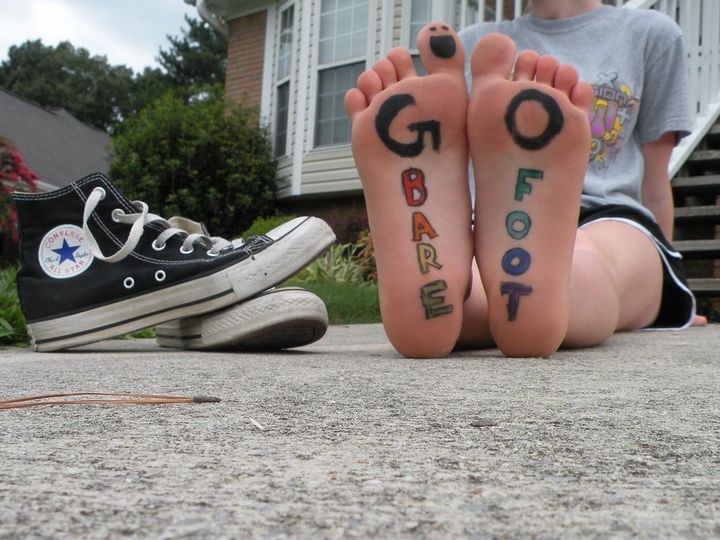
Although not a new concept, minimalism continues to trend as we near 2018. Whether it’s moving into a tiny house, ditching material goods for experiences, downsizing your wardrobe, unplugging or finding other ways to reconnect with nature, many people appear to be seeking a more mindful life. Benefits of minimalism include clarity of the mind, better physical health, less stress, more freedom, and greater purpose and self-confidence, leading to better relationships. Minimalism can also make you feel grounded and connected to nature and the world around us. In fact, mindfulness vacations—including meditation, yoga and digital detox retreats—have rapidly grown in popularity over the past few years.
As consumers continue to embrace minimalism and ‘going back to basics,’ brands are filling the demand with products, packaging and retail experiences that align with these societal shifts. And, companies that have long shared this vision and mission are gaining greater popularity due to the minimalism movement.
One may wonder if the recently resurfaced barefoot shoe movement is a direct response to the minimalism trend. While the barefoot revolution has been underway for nearly two decades, we are now starting to see the second wave come across the U.S.
When minimalist shoes first hit the masses several years ago, many people enthusiastically committed to the barefoot lifestyle, without education on the proper transition from traditional to barefoot shoes. For instance, many runners changed shoes overnight and hit the ground running first, prior walking, which resulted in injuries. The assumption was there—barefoot shoes are healthier—but the education on the transition was lacking. The injuries and lack of education in turn created a negative perception around barefoot footwear and a backlash with certain brands that were a part of the first barefoot wave.
Fast-forward to today, amid the minimalism trend, consumers are looking to find ways to be more mindful and closer connected to nature. And, we’re starting to see a rise in barefoot footwear, possibly because of this. Going barefoot has been known to help people feel grounded and more connected to their surroundings, create better sensory experiences and release endorphins, which help remove stress and replace it with wellbeing. So, are people turning to minimalist shoes to have a better connection to their environment and be more present, literally feeling the ground beneath them.
As the demand for ‘everything-minimalist’ increases, some of the biggest players in the footwear space are seemingly jumping on board—from Nike to Adidas, New Balance, and Reebok. UK’s leading barefoot footwear brand VIVOBAREFOOT has built a global operation around the concept of reconnecting with nature. The company has been at the vanguard of the barefoot movement for more than a decade—and appears to be at the forefront of the second barefoot revolution. Not only is it offering a full line of barefoot footwear, it is also educating consumers on the importance of foot health and how to properly transition to wearing minimalist shoes.
VIVOBAREFOOT founder Galahad Clark shares that, “The conventional wisdom of narrow shoes has compromised our foot health but with proper transition education and tools everyone can get back to natural, healthy movement at a pace that is right for the individual, no matter where they are on the journey.” Clark also firmly believes in the importance of starting kids wearing barefoot shoes from their first steps, to help shape their feet in the way that nature intended and ensure long-term foot health. In this case, no transition tools would be needed here, just healthy feet.
The health benefits of minimalist footwear—from physical to mental—are there. Research shows that years of wearing ‘traditional’ shoes weakens feet, making them ‘shoe’ shaped, instead of ‘foot’ shaped. Thick cushioned soles also prevent feet from feeling the ground, reducing sensory feedback to the brain, which results in unskillful movement. In fact, feet have more than 200,000 nerve endings, which is the same as your hands, to allow you to feel, and they are the first touchpoint for the body and brain. This is an especially important concept for kids, whose feet are shaped by modern-day shoes, which restrict natural development. Therefore, the more sensory messages growing brains get from their feet—the better.
Minimalism is a hot topic in today’s hectic world, and more and more people are aiming to live a more minimal lifestyle. While no single thing will make you into a minimalist instantly, there are a number of ways you can create more mindful practices—from decluttering, re-using and living with less, to disconnecting from technology and opting for minimalist footwear or clothing made from eco-conscious materials. As minimalism continues to shape our culture, it will be interesting to see if the second barefoot revolution follows the trend closely or if the second wave crashes and fizzles out. Either way, it seems that the second barefoot wave, that’s rooted in education and proper transition conversations, may stick around for quite some time as people continue to embrace mindfulness and feeling more grounded.
